Filling Material Application
Most acoustic designs for consumer electronics, such as laptops, tablets, A.I.O. systems… etc., usually have limitations of box geometry and an optimized position for speakers to place on the box. The problems here are the improper geometry of the box and the limited position to place the speaker, which will induce a standing wave inside the box, then causing a glitch or disturbance in frequency response at a specific frequency. That leads to an unwanted downgrade in sound quality. The issues can be predicted once the 3D drawing of the box and selected speaker with the defined position are defined.

The box geometry, designed to avoid interfering with other components and the speaker's position, is also limited.

We are building the simulation model to predict the frequency response of the speaker assembled on the box.

As we can see, the resulting frequency response has a glitch of around 800Hz. Based on a 4pi-without-baffle condition, the e S.P.L. at low-frequencies region is smaller than the same frequencies the driver measured by mounting on an I.E.C. standard baffle (2pi-with-baffle condition). That's because the sound of low frequencies will be reflected by the big baffle and then received by the standard microphone.
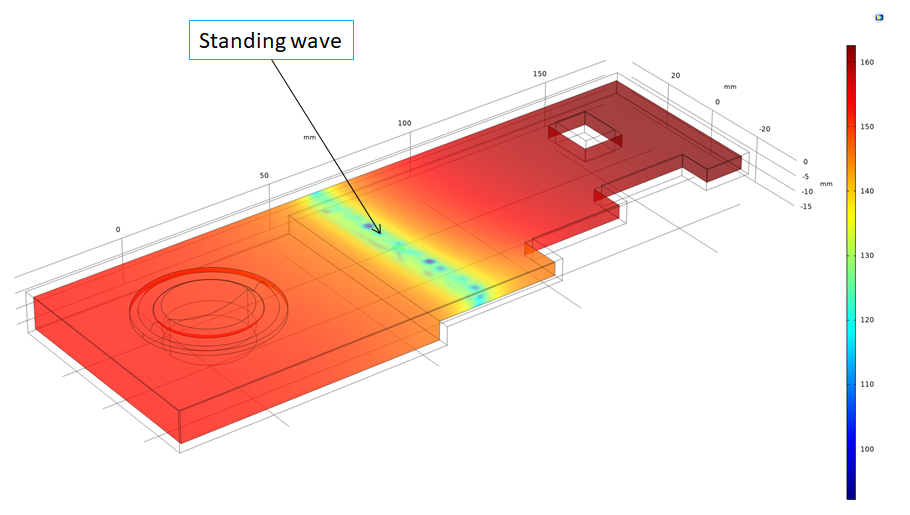
If we investigate the sound pressure level spreading inside the box, we can easily find where standing waves are caused.
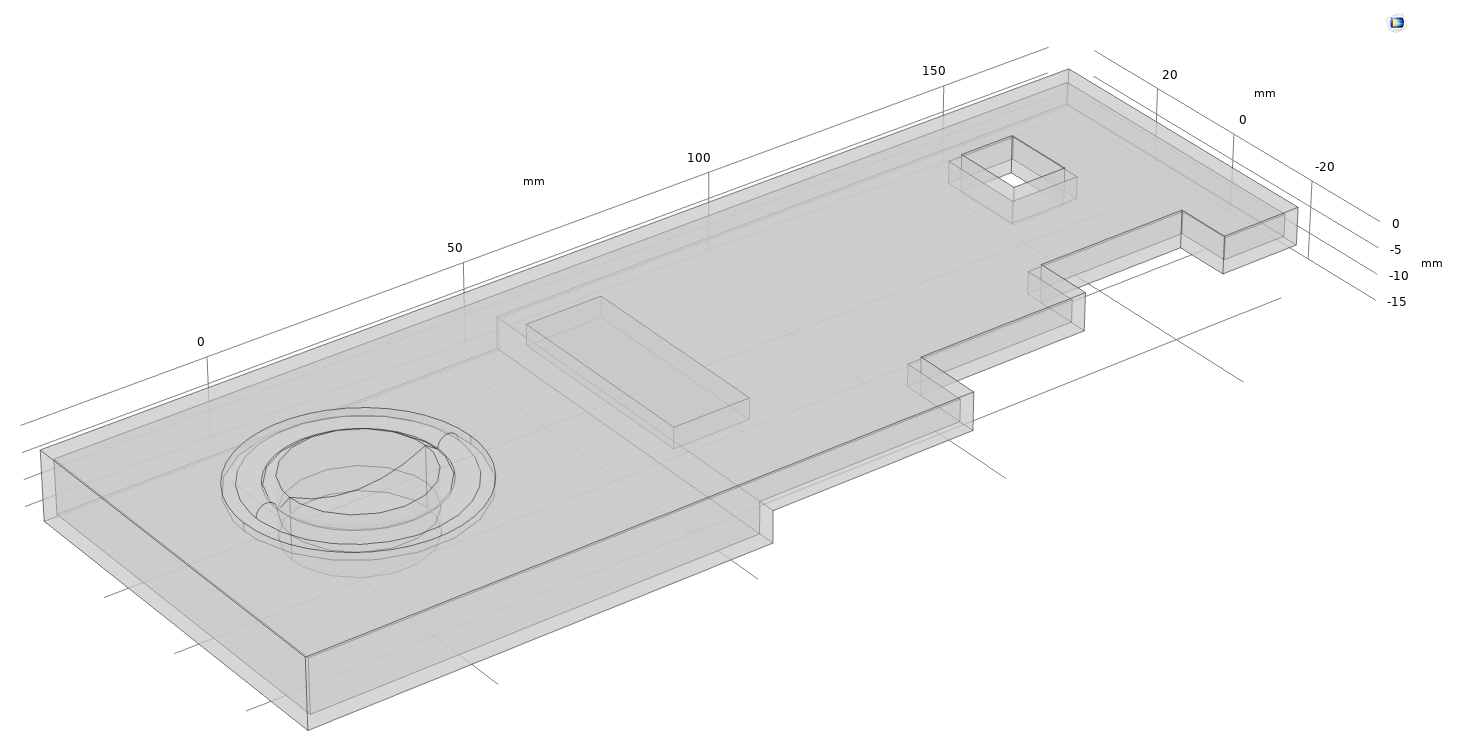
By adding filling material inside the box to suppress the standing wave, the position can be compared to the picture of S.P.L. spreading.
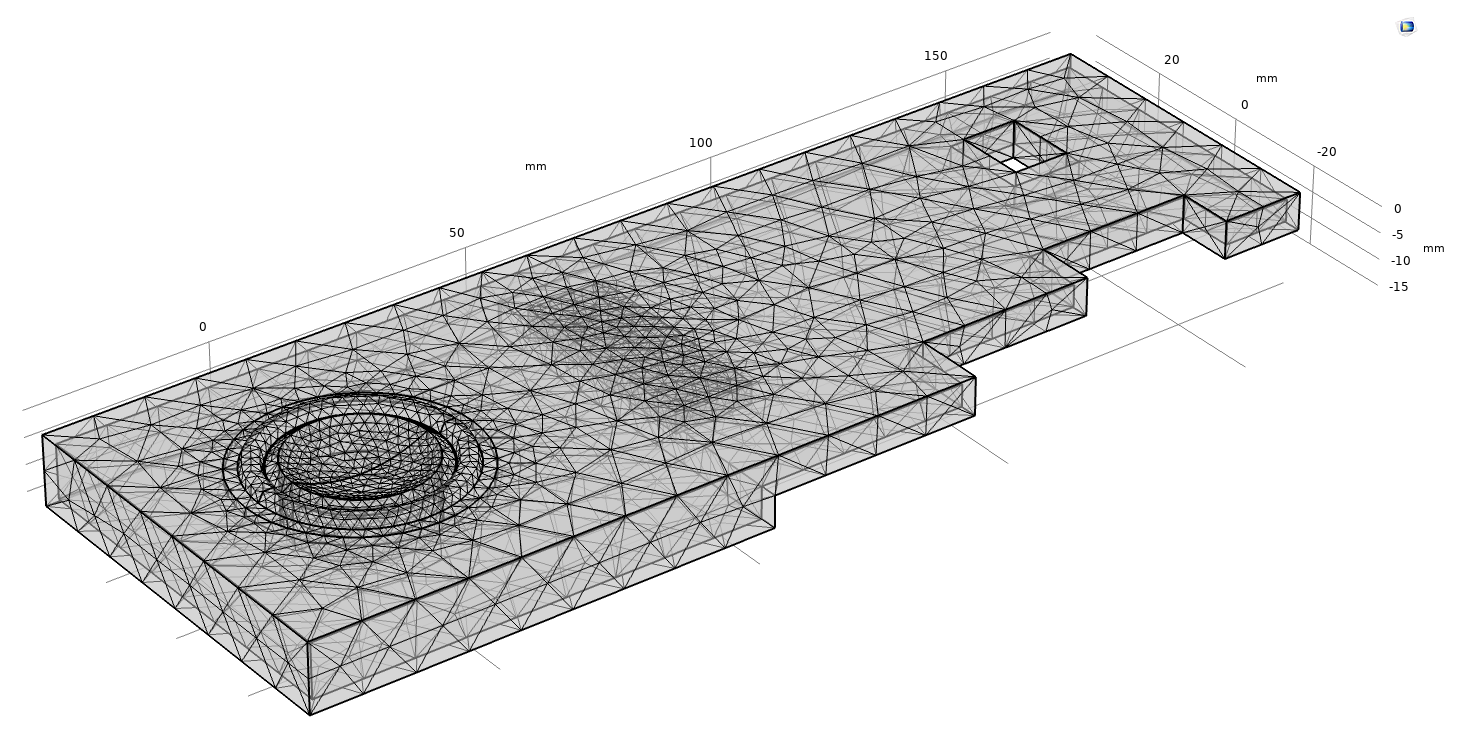
The filling material will be defined with a standard ratio of specific heat and porosities or if particular parameters can be applied to the simulation models.
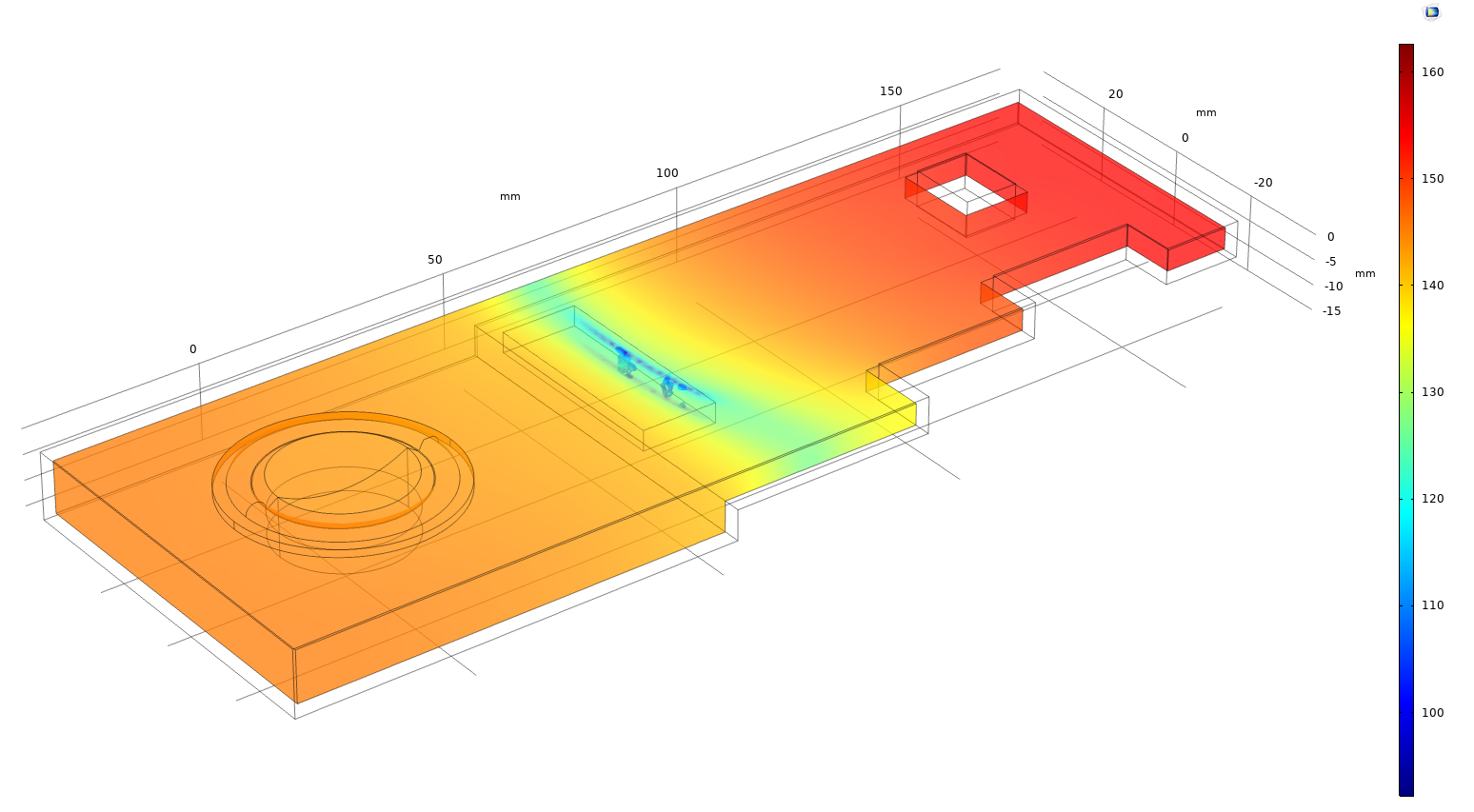
The result shows the filling material effectively suppresses the standing wave.
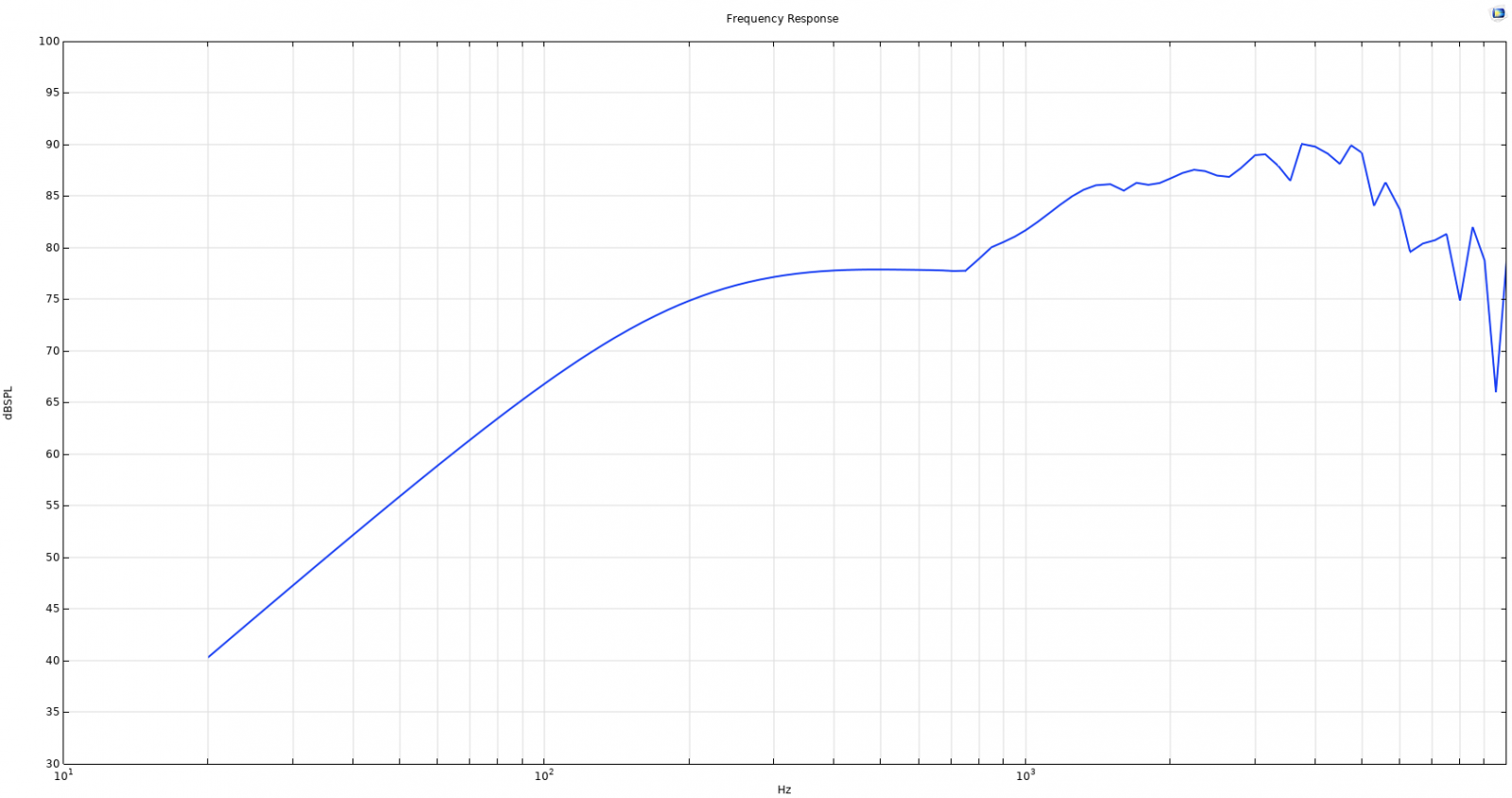
The frequency response indicates that the glitch or disturbance is flattened as well. Applying filling materials to the box that induces a standing wave cannot only suppress or, more precisely, damp the standing wave but also increase the box compliance, which can extend in-box resonance, which means enhancing the low-frequency performance.

 RFQ
RFQ